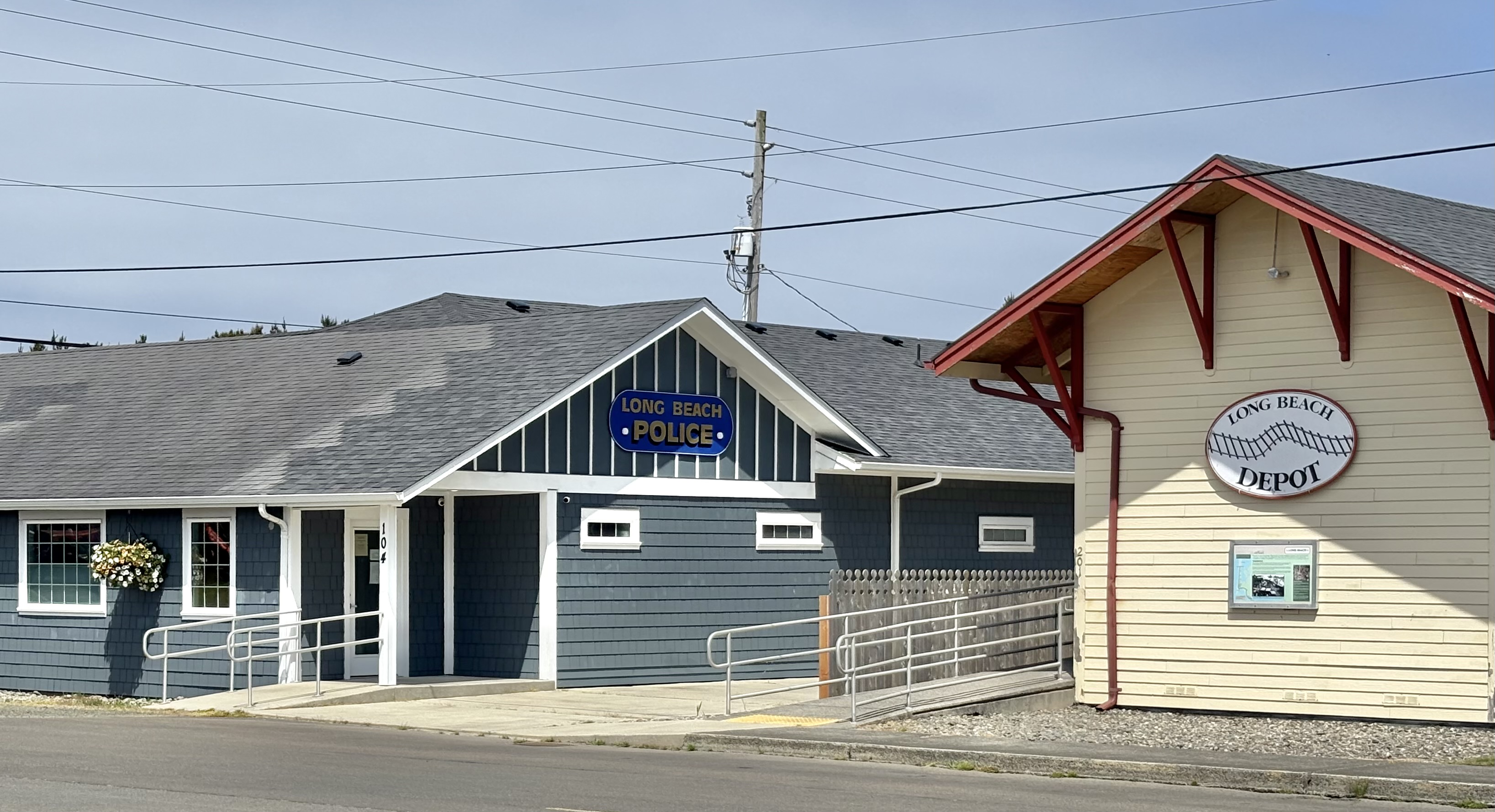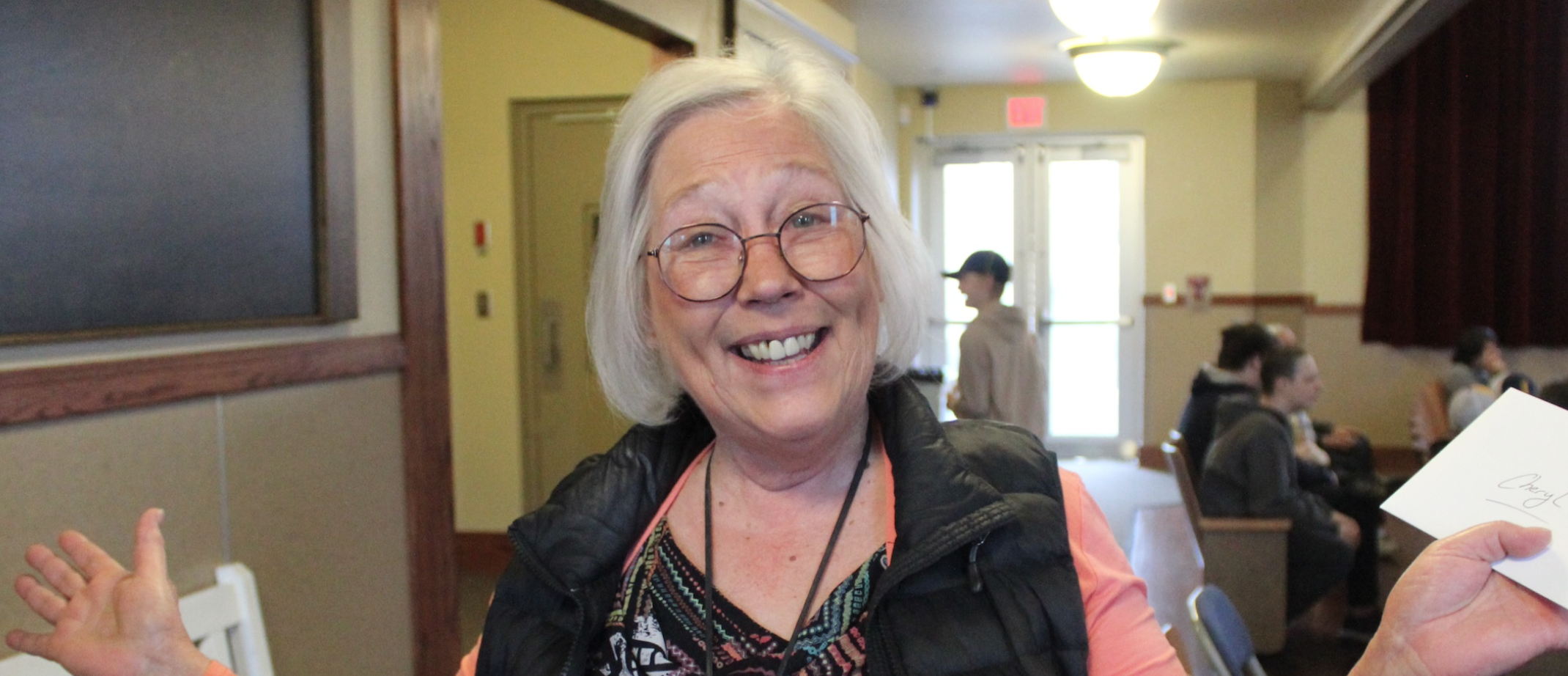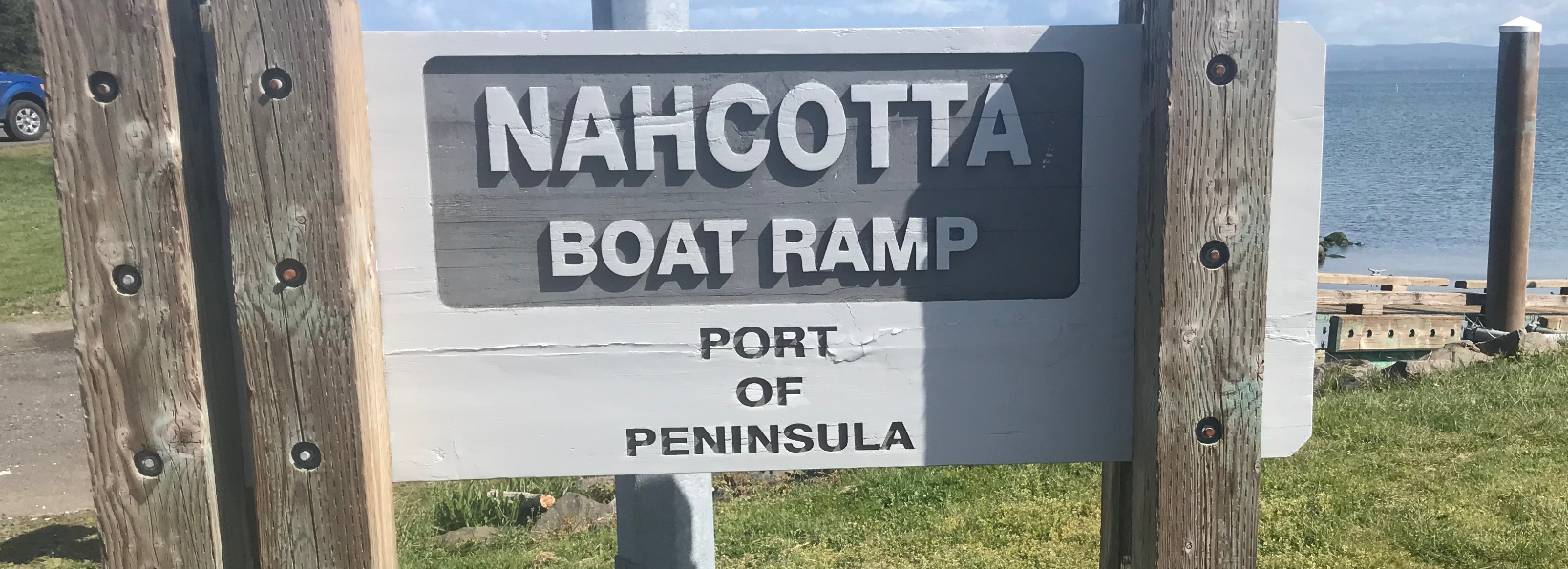Ask a Master Gardener: Increase tomato yields with red plastic mulch!
Published 5:00 pm Tuesday, June 3, 2003
Question: We read in a popular gardening magazine that red plastic mulch makes tomato plants grow better. Is this true?
Answer: Research at the U.S. Department of Agriculture and Clemson University in North Carolina has shown that mulching with red plastic reflects the far right part of the light spectrum onto the tomato plant foliage.
This in turn increases the production of the plant’s phytochromes, which are color sensitive proteins that regulate plant growth and development. Researchers found that using the red plastic mulch not only resulted in increased tomato yields, but also earlier harvests.
In addition, remember that just like black plastic, red plastic mulch warms the soil and suppresses weed growth. The red plastic mulch material is now available at most local retail nurseries and garden centers.
Question: Do we need to have more than one tomato plant for pollination?
Answer: Tomato flowers come complete with both male and female organs and are self fertilizing. Pollen is shed with great abundance between 10 a.m. and 4 p.m. on dry, sunny days. Normally, the wind will pollinate the flower sufficiently. To ensure better pollination, gently shake or vibrate the entire tomato plant. The best time to do this is mid-day when it’s warm and the humidity is low.
Optimum fruit set occurs within a very narrow night temperature range of between 60 to 70 degrees F. When tomato plants experience night temperatures lower than 55 degrees or above 75 degrees F, interference with the growth of pollen tubes prevents normal fertilization. The pollen may even become sterile, thus causing the blossoms to drop.
High daytime temperatures, rain, or prolonged humid conditions also hamper good fruit set. If the humidity is too low, the pollen will be too dry and will not adhere to the stigma. If the humidity is too high, the pollen will not shed readily. Pollen tubes may then stick together, resulting in poor or non-existent pollination.
Question: Our cherry tree was in full bloom this spring and so far we have not seen a single cherry. What happened?
Answer: Cold weather during blossom time is not an uncommon occurrence in Western Washington. A cherry tree full of blossoms but no fruit leaves gardeners wondering what the problem is.
The principal reason is pollination failure. This happens either when the male pollen grain does not come into contact with the female flower part (the stigma), or if pollen is transferred, fertilization fails to occur. Cold weather affects both operations. First, bees work poorly when weather is cold. They are the principal means for the transfer of pollen to the stigma. Second, growth of the pollen tube from stigma to ovary is slow when the weather is cold. Fertilization may be incomplete, insufficient to stimulate fruit formation, or insufficient to form seeds.
When fertilization is incomplete, tiny fruit regularly drops prematurely. This is why home gardeners frequently report apples developing only to the size of a quarter and then falling from the tree.
Question: Is it OK to prune my evergreens now that the new growth is out?
Answer: Now, when the new growth is soft, is an excellent time to prune chamaecyparis, arborvitae, yew and juniper. Simply pinch out or cut back terminal growth on the new branches leaving a small portion of the new growth to develop future growth buds. Pruning will result in thicker, denser foliage and restrain plant size. Coniferous evergreens used for hedges should be sheared at this time making sure to keep the top of the hedge narrower than the bottom.
June is also the proper time to prune mugho pines in the home landscape. This is easily done by pinching back the new shoots or “candles.” Buds for next year’s growth develop on new candles which grew this year. Eliminating a percentage of the buds each year will help to keep the plants from becoming overgrown.
EDITOR’S NOTE: For answers to local gardening questions, contact Master Gardener Rachel Gana at 642-8723 or e-mail her at: baiter1@pacifier.com.





